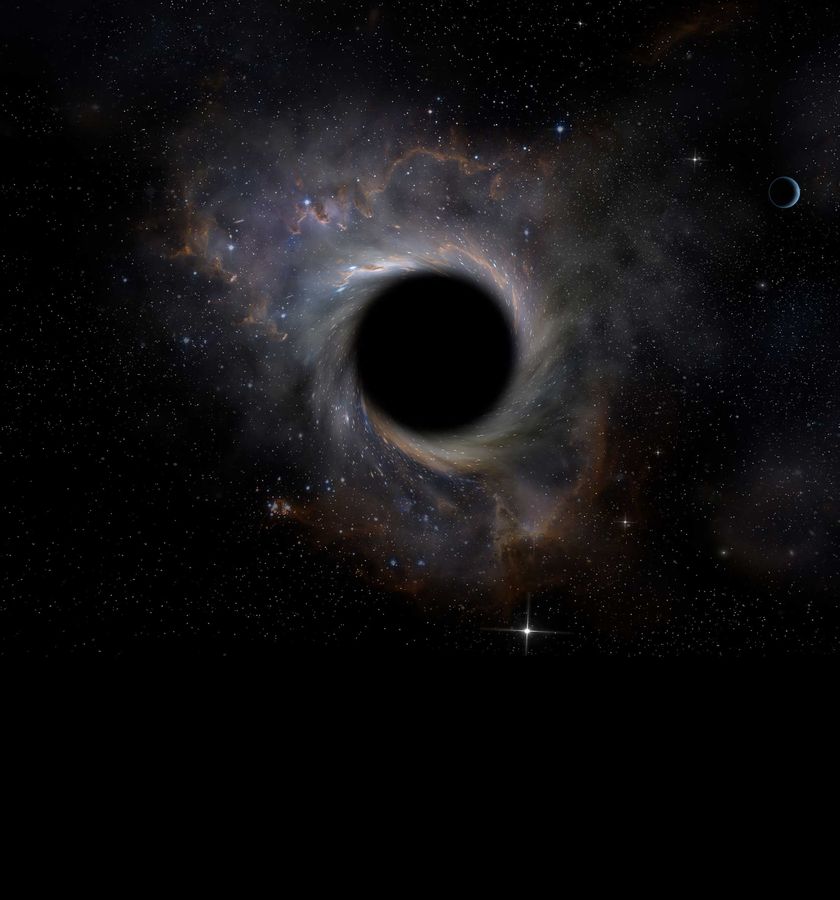
'Darkest discovery yet': First-ever solo black hole found drifting silently through Milky Way
Produced by: Mohsin Shaikh

Representative pic

Silent giant
Weighing 7 times more than the Sun, this black hole drifts alone through the galaxy, unseen and undetectable by normal means—until it warped starlight itself.
Representative pic

Light bender
Discovered via gravitational microlensing, it momentarily magnified a distant star’s light—a phenomenon Einstein predicted, now used to spot the unseeable.
Credit: NASA

Dark lens
The microlensing event lasted 270 days—rare and long—giving astronomers a rare window to pin down mass and motion with stunning precision.
Representative pic

Invisible mass
No X-rays, no accretion disk, no glowing companion—just warped starlight. That absence of light confirmed it: this was a black hole with no partner.
Representative pic

Theory tested
Einstein’s general relativity not only predicted this light-bending—it also gave scientists the math to measure an invisible object’s mass.

Decade debate
A years-long scientific standoff is now resolved. First thought to be a neutron star, new data pushed both rival teams to the same dark conclusion.

Wandering alone
This is the first confirmed “rogue” black hole—unbound, unaccompanied, and moving freely across the Milky Way’s depths.
Representative pic

Galactic ghosts
Astronomers believe there may be hundreds of millions more of these solitary black holes—each a silent remnant of a stellar death.
Representative pic

New eyes soon
NASA’s Roman Space Telescope, launching in 2027, promises to uncover a swarm of these elusive wanderers with unmatched microlensing power.